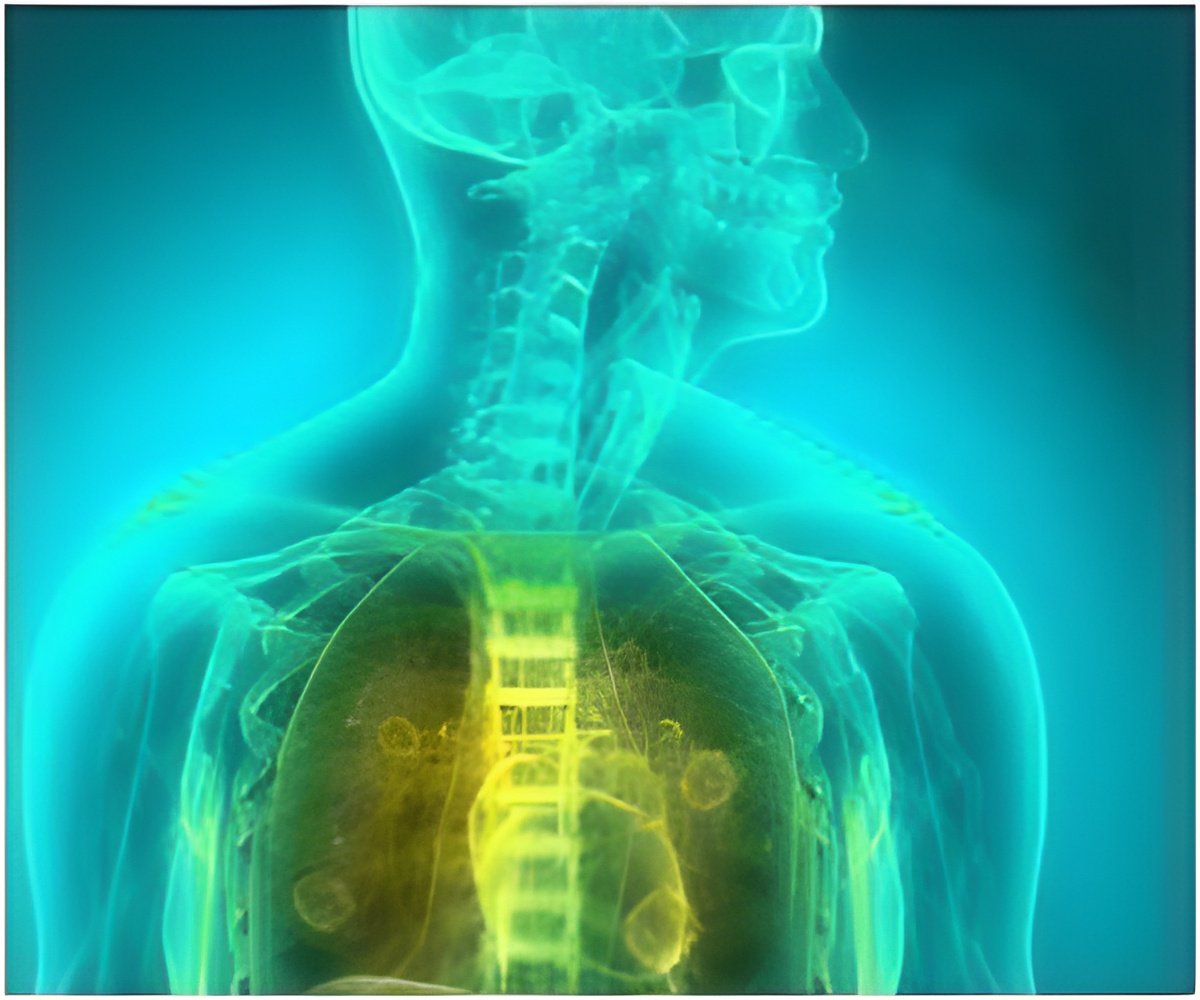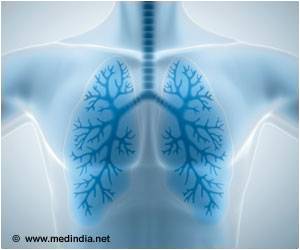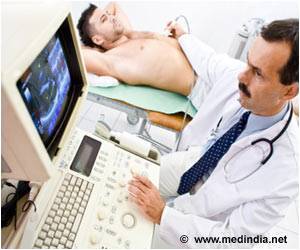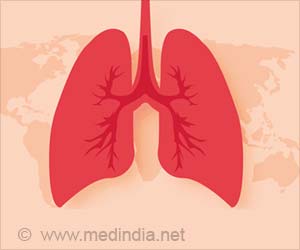
‘In an infected person, Staphylococcus aureus leaves the nasopharynx and travel to the lungs in the absence of influenza A virus and cause secondary bacterial pneumonia.’
Tweet it Now
In cases of seasonal influenza, S.aureus is one of the most common causes of secondary bacterial pneumonia. The phenomenon is studied by introducing S.aureus directly into the lungs of mice. However, this does not mimic the natural pathogenesis of infection. The new model was developed by Ryan Reddinger, a senior doctoral student in the Campagnari Laboratory. The model involves a technique where S. aureus stably colonizes the nares of mice and these animals are subsequently infected with influenza A virus to see what would happen.
"Ryan's work demonstrated that influenza A virus infection leads to the dissemination of S. aureus from the nasal cavity into the lungs, resulting in the development of secondary bacterial pneumonia in these mice," said Dr. Campagnari.
"The model is very relevant to the current physiologic state in humans where individuals are colonized with S. aureus in the nares and subsequently acquire a viral infection. The fascinating thing about this model is when we colonize mice with S. aureus it remains in the nares for up to 7 days, without obvious signs of disease and does not appear to move to the lungs on its own. The bacteria only disseminates to the lungs in response to the subsequent viral infection,” added Dr. Campagnari.
Physiologic changes occur in the nasopharynx of the person gets a viral infection. These changes are related to damage of host cells and host responses, including increased body temperature and release of ATP, glucose, and norepinephrine. The researchers found that a combination of these factors in the absence of influenza A virus would cause S. aureus to leave the nasopharynx and travel to the lungs.
Advertisement
The findings of the study are published in mBio, an online open-access journal of the American Society for Microbiology.
Advertisement














